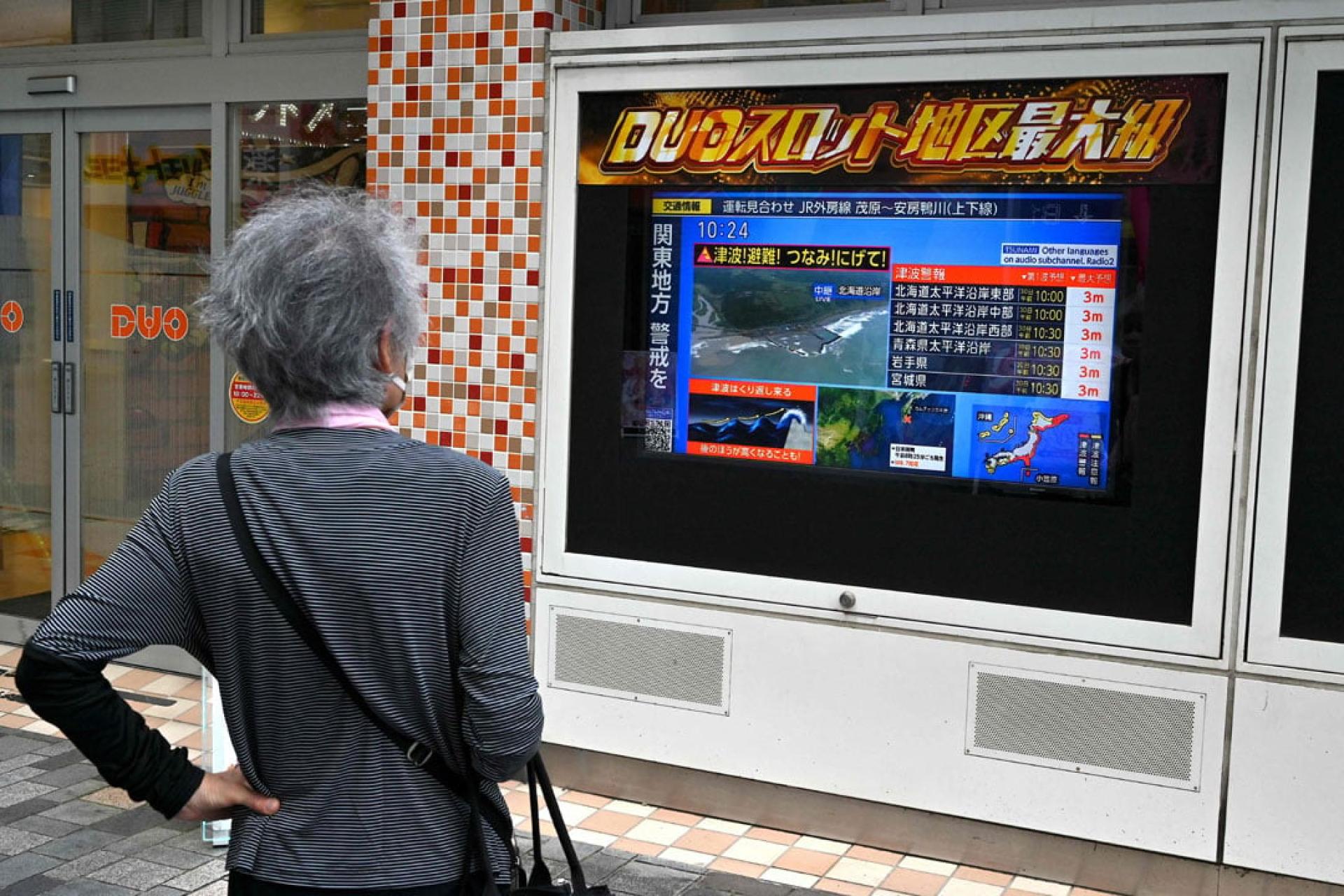Due to a strong earthquake off the eastern coast of Russia's Kamchatka Peninsula, the Japan Meteorological Agency issued tsunami warnings and tsunami advisories for multiple regions along the Pacific coast on the 30th.
According to Japan Broadcasting Corporation (NHK), the first wave of the tsunami appeared in northern Japan, with a wave height of about 30 centimeters (1 foot). The tsunami struck Hokkaido, Japan's main northern island.
NHK warned that subsequent waves could be higher.
After the earthquake, the Japan Meteorological Agency gradually raised the expected maximum tsunami wave height from 1 meter to 3 meters. The warning area covers regions from Hokkaido and the Tohoku region to Kanto, Chubu, Kinki, and the southern islands, with multiple coastal areas listed as areas of concern.
The Japan Meteorological Agency urged residents in the affected areas to immediately move away from coasts and river mouths, seek refuge on higher ground as soon as possible, and strictly avoid going to the beach to watch the waves.
According to a report released by the Kamchatka Branch of the "Unified Geophysical Service" of the Russian Academy of Sciences, a magnitude 7.5 earthquake occurred in Avacha Bay, near the Russian Far East Kamchatka Peninsula, on the morning of the 30th. The epicenter was 161 kilometers from Petropavlovsk-Kamchatsky, the capital of Kamchatka Krai, with a focal depth of 32 kilometers. A tsunami warning has already been issued locally.
US Geological Survey earthquake information
